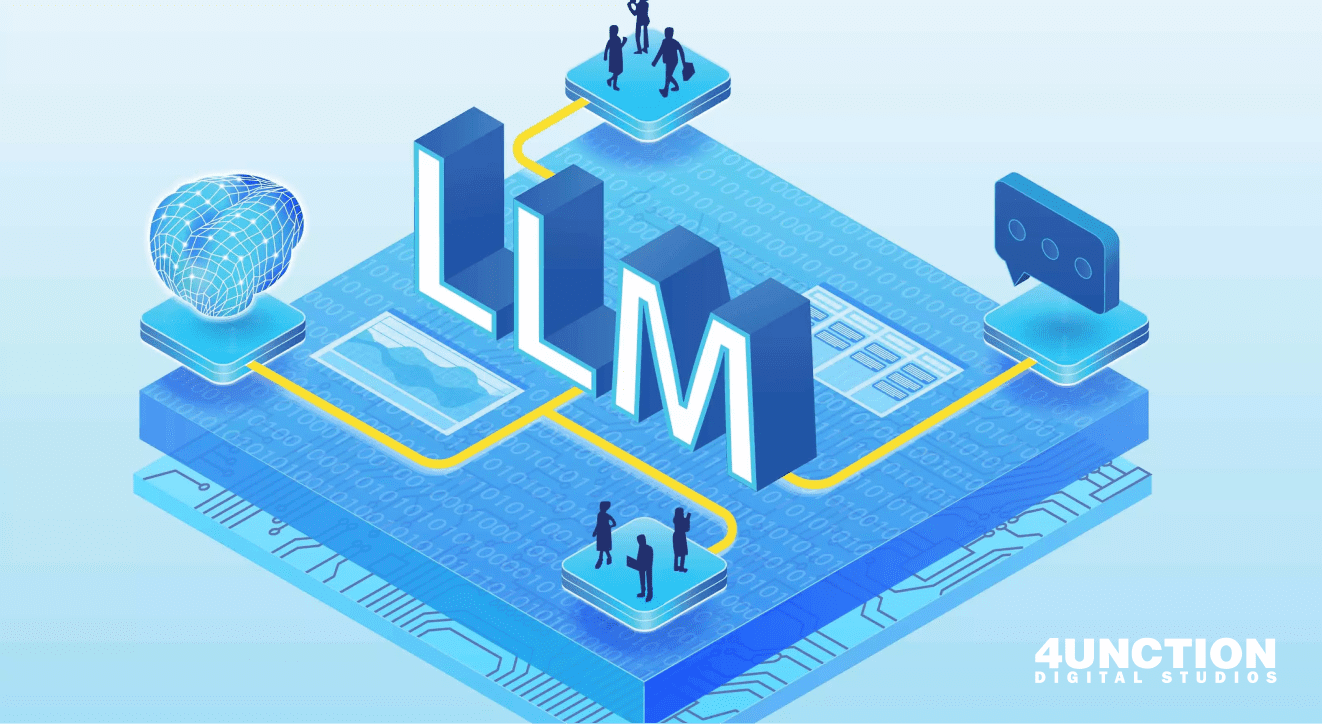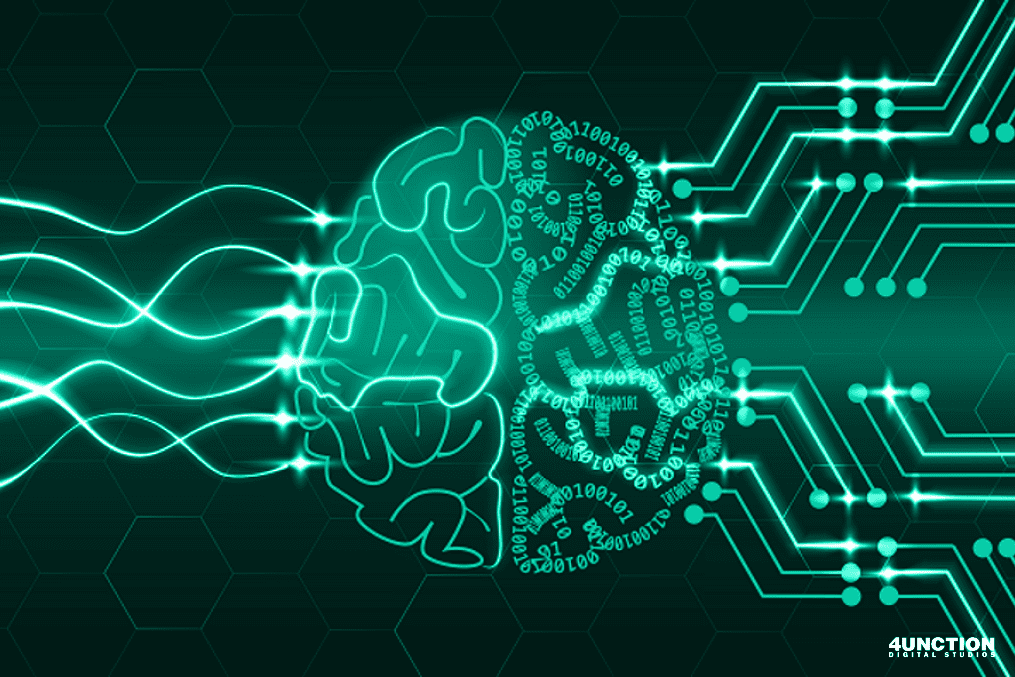ChatGPT: Conversations with AI
ChatGPT has emerged as a major competitor among the diverse range of LLMs. ChatGPT is an extension of the GPT (Generative Pre-Trained Transformer) series developed by OpenAI, with properties that make it particularly ideal for conversational applications. Its architecture allows it to interpret and respond to human input in a way that reflects natural language conversations.
The Architecture Behind ChatGPT
When we take a look at the ChatGPT architecture, we can see a multi-layered neural network that processes input in a hierarchical manner. ChatGPT can now catch subtle patterns and nuances in language, allowing it to provide contextually relevant and meaningful answers.
Training ChatGPT: A Glimpse into the Process
ChatGPT is trained by exposing the model to huge amounts of different textual data. This prolonged exposure improves its comprehension of language, allowing it to predict and create text with the sophistication of human conversation.
Google’s Bard and the LLM Landscape
Google has also joined the arena of Large Language Models with its own product, Bard. Bard, a Google AI language model, is striving to compete in the same market as ChatGPT. The existence of many players demonstrates LLMs’ rising significance and potential influence on various industries.
Comparative Analysis: ChatGPT vs. Google’s Bard
While both ChatGPT and Bard aim to advance natural language processing, a comparison of their designs, training approaches, and applications shows variations. Understanding these contrasts gives useful insights into the different strategies used by top LLM tech companies.
Applications of Large Language Models
The rise in the number of LLMs has paved the way for the creation of customized AI applications in an array of sectors. These models are increasingly being used by businesses to improve customer interactions, automate monotonous jobs, and expedite communication procedures.
Industry-Specific Applications
Further research reveals that LLMs are making significant. inroads into businesses ranging from healthcare to banking. In healthcare, for example, these models are used to aid in diagnostics and drugs discovery, demonstrating the extensive range of applications that LLMs can provide.
The Role of LLMs in Creative Processes
LLMs are proven to be essential tools in creative processes beyond of typical applications. LLM-powered content generating tools assist writers, marketers, and designers in brainstorming and creation, expanding the limits of human-machine collaboration.

The Influence of ChatGPT and LLMs in AI Tools
The launch of ChatGPT and related LLMs has left a significant impact on the AI tools landscape. The ability to integrate complex language models into apps has increased developers’ and enterprises’ possibilities.
Enhancing User Experience with Chatbots
Chatbots driven by LLMs, like as ChatGPT, are reshaping customer service by offering more complex and context-aware responses. This not only enhances user satisfaction but also frees up human resources for more complex tasks.
Content Creation and Collaboration
Content generating applications that use LLMs provide a more uniform collaborative approach. Writers and editors can use these tools to generate ideas, refine content, and explore new creative paths, leading to a new era in the content production landscape.





